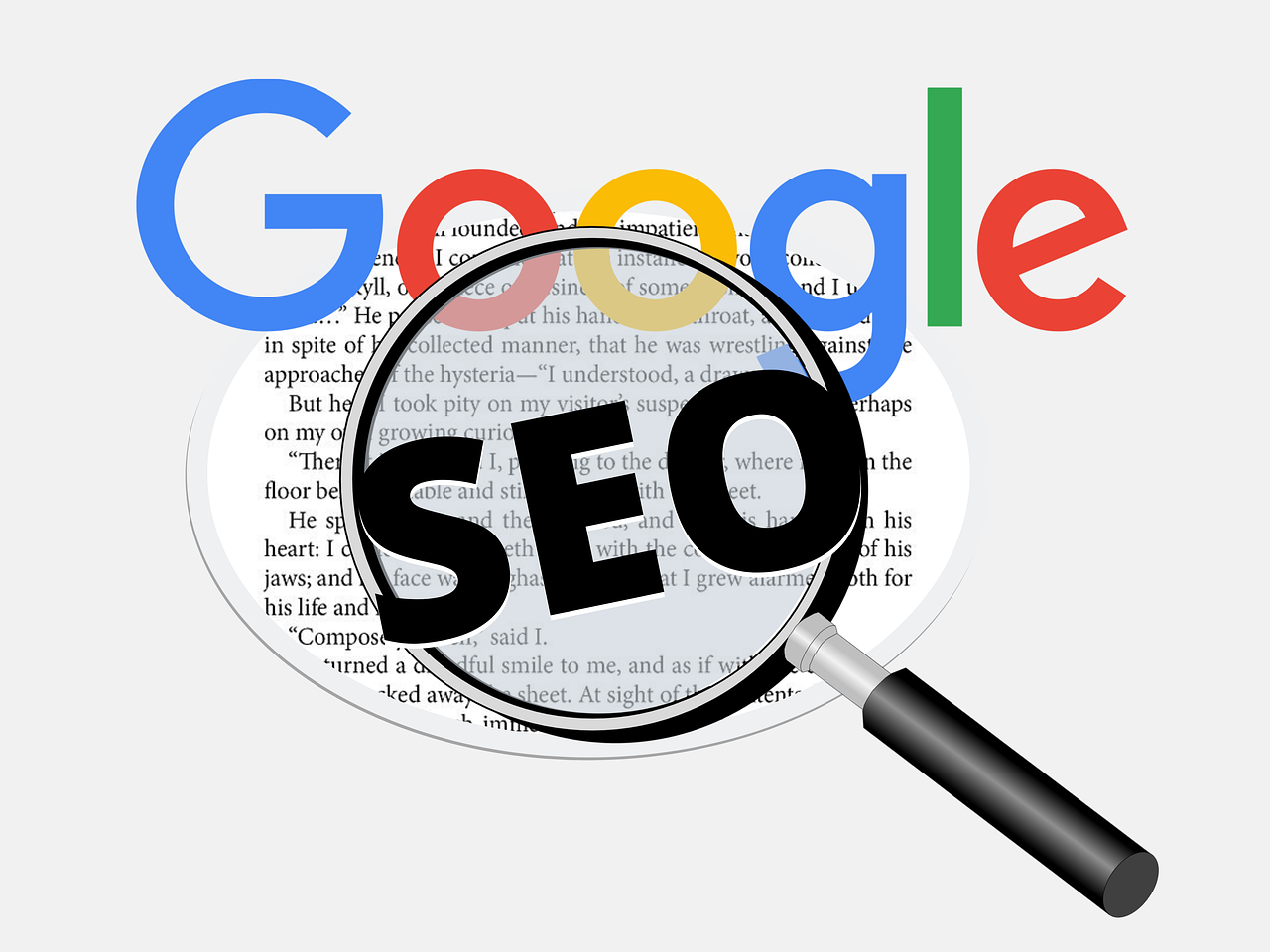E-E-A-T: How E-A-T Changed and What It Means for SEOs
As you know, Google likes to up its game regularly and make a life just a tiny bit crazier for the SEOs. Latest updates are moving toward on-page, technical supremacy and the visitors’ experience. The added E in E-E-A-T...

As you know, Google likes to up its game regularly and make a life just a tiny bit crazier for the SEOs.
Latest updates are moving toward on-page, technical supremacy and the visitors’ experience.
The added E in E-E-A-T stands for experience, Core Web Vitals is known as user page experience. Google is clearly telling us that they are putting the visitor, and the user in the centre of their updates.
Writing for the benefit of the Google crawler, keyword stuffing, AI generated content… we are all guilty of some of the classic SEO crimes one way or another.
So, let’s decode the recently announced E-E-A-T!
The best way to do that would be to review E-A-T first.
E-A-T in SEO stands for Expertise, Authoritativeness and Trustworthiness.
It is very important to learn that Google confirmed E-A-T is rated for every query that is searched in 2022. And that is a massive change for what is shown in top positions in SERPs and how it should optimise our pages.
E-A-T is all about quality, factual writing on a high quality, recognised and safe website:
E as Expertise stands for the expertise on the subject of the writer, aka you should seek a specialist on the subject of the page, not just a random freelancer that might get the facts wrong. Imagine buying face cream online and you are giving wrong advice, an unqualified or incompetent writer simply does not mention (for example) potential allergic reactions and you could end up with ruined skin.
A as Authoritativeness goes beyond just the voice of authority and supremacy of the individual page but speaks about the power, quality and recognition of the website as whole. Is your website seen as a good source of information on the web? Are you linking to other sources and are you being quoted as a place of useful and forceful information?
And lastly, T for Trustworthiness – once again refers to the website, not just the page quality. Is the website safe for you to use your credit card? – is a first question you should ask yourself when trying to validate if the website can be trusted by others. Do you have good Trustpilot and Google reviews? Are you using an SSL certificate? Does your website have a strong brand awareness? Are you present on social media?
E-A-T changed the SERPs and the growing importance of this quality measurement keeps changing the landscape of the SERPs.
Google always tries to serve the most relevant, best and fastest answer, but with E-A-T they are simply making sure that the results provided are keeping the users safe. Absolutely the correct approach as we all tend to shop more online for everything – travel, clothes, cosmetics… you name it.
E-A-T is not a ranking signal like speed, meta title or backlinks. But it impacts the rank of your content which is a ranking signal.
E-A-T is a Google quality guideline that is used to determine if the content is high quality and should be ranked higher or not compared to your competitors.
As Google saw a positive change in SERPs with E-A-T, they are taking it one step further to provide an even better experience to the users by creating E-E-A-T.
This is a change to Google content quality guidelines. The new E stands for Experience!
What Does that Mean and How Do SEOs Need to Work with this Latest Change?
Experience, in this context, refers to the first hand experience of the author and the website with the topic in question.
For example, if you are on a medical blog, is the article written by a doctor, or a real expert on the topic?
If it is a financial blog, is the article full of useful info written by someone from the financial sector? Is the information true? Is it understandable, even if an expert has explained it?
Is the article published on a relevant website or is it just a one time article of a completely unrelated topic to the whole website?
Also, Google is giving us more explanations on some vital concepts such as:
Is the website harmful or safe?Is the content harmful or safe ?What is the reputation of the website and its contributors?This is why an author’s profile is important, credentials, links to their professional profiles such as LinkedIn, or other places that can verify the true identity and qualification of the writer.
The job of SEO’s is to prove to Google that you have got the most relevant and best, trustworthy solution for the query.
To provide a good additional E to E-A-T, watch out for and provide:
Content: Original, well researched content that demonstrates a direct, ‘first hand’ experience’ with the topic.
Author: Is an expert on the topic in question, has verifiable credentials.
Publisher: Has a history and it is a recognised authority on the topic. Aka an SEO post on a website that is on marketing and SEO.
On top of all that, Google has confirmed that the most important and central piece of the E-E-A-T is trust, and it was named the most important ‘member of the trust family’.
Naturally, Google and their Quality raters will apply the principles of E-E-A-T differently to different verticals and niches. As this is a quality update for YMYL (Your Money or Your Life) websites – medical, financial, news, governmental information… naturally these will see the biggest impact of this change. Having said that, Google wants to provide the best and most relevant and correct answer to all queries, so in the end, there will be impact on most of the niches out there, maybe not as significant as on YMYL.
In conclusion, if your website was already optimised for E-A-T, this should be just a small change and adjustment for you.
If your website does not respect E-A-T guidelines, E-E-A-T will cost you places in the SERPs.
Make sure to re-optimise your website and content that Google is asking you to and make sure to work with verifiable experts in their field.
In the end, we all want to feel safe online.

 JimMin
JimMin 









![Google Confirms Ongoing Issue With Its Search Index [Update: Fixed?] via @sejournal, @MattGSouthern](https://cdn.searchenginejournal.com/wp-content/uploads/2022/07/9d88d778-bd3e-4dbf-803b-8d32992b59f9-62d182fb6279d-sej.jpeg)






















